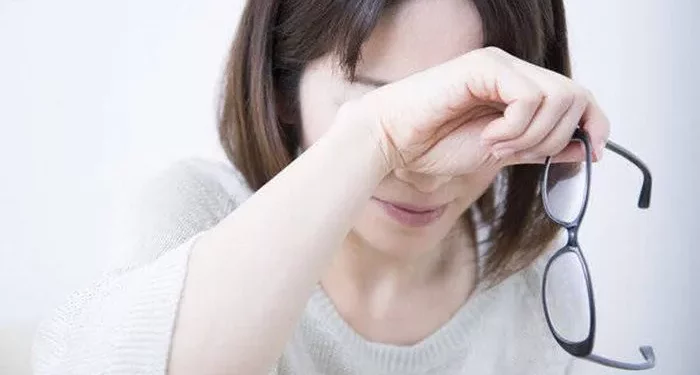As smartphone usage continues to rise globally, increasing screen time has led to growing concerns about vision deterioration. A surprising new study suggests a potential solution – daily exposure to deep red light.
The Science Behind Red Light Therapy
Published in the journal Gerontology, research from University College London demonstrates that staring at deep red light for three minutes daily can significantly improve declining eyesight. The study builds on previous findings showing positive effects of long-wavelength light on retinal cells in mice, bumblebees, and fruit flies.
Lead researchers explain that age-related vision decline occurs as retinal cells’ mitochondria – the cellular powerhouses – become less efficient. “Mitochondria specifically absorb light between 650-1000nm wavelengths,” the study notes. “This 670nm deep red light appears to boost mitochondrial performance, effectively recharging the retina’s failing energy system.”
Human Trials Show Promising Results
In controlled trials, participants aged 40+ who viewed 670nm red light for three minutes daily showed measurable improvements in both cone (color vision) and rod (low-light vision) cell function after just two weeks. The non-invasive treatment requires no drugs or surgery, offering potential help for millions experiencing age-related vision decline.
Debunking Vision Improvement Myths
The study challenges common vision myths, particularly the belief that viewing green plants improves eyesight. “While looking at distant greenery may relieve eye strain by relaxing the ciliary muscles, the color itself provides no special benefit,” researchers clarify. The relief comes from changing focal distance, not the green hue.
Practical Eye Care Recommendations
Experts recommend combining the new red light therapy with established eye care practices:
Follow the 20-20-20 rule: Every 20 minutes, look 20 feet away for 20 seconds
- Maintain proper posture and viewing distance from screens
- Increase outdoor activity and natural light exposure
- Consume vitamin-rich foods like carrots, spinach, and apples
- Ensure adequate sleep for eye recovery
- Avoid reading in dim lighting conditions
As research continues, this accessible red light therapy could revolutionize how we approach age-related vision care, offering hope for maintaining healthy eyesight in our increasingly digital world.
Related topics:



























